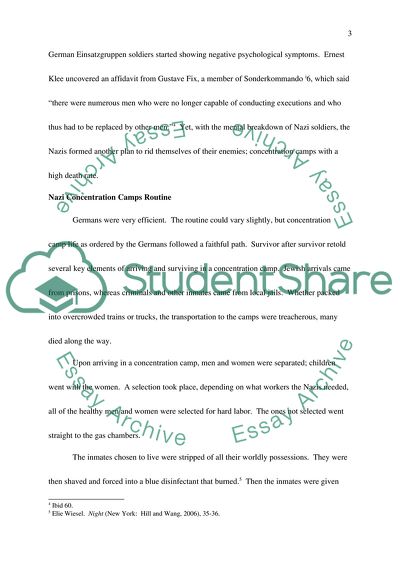Cite this document
(Life and Sex in Nazi Concentration Camps Essay Example | Topics and Well Written Essays - 3000 words, n.d.)
Life and Sex in Nazi Concentration Camps Essay Example | Topics and Well Written Essays - 3000 words. https://studentshare.org/history/1705501-social-structure-within-nazi-germany-concentration-camps-include-sex-aspects
Life and Sex in Nazi Concentration Camps Essay Example | Topics and Well Written Essays - 3000 words. https://studentshare.org/history/1705501-social-structure-within-nazi-germany-concentration-camps-include-sex-aspects
(Life and Sex in Nazi Concentration Camps Essay Example | Topics and Well Written Essays - 3000 Words)
Life and Sex in Nazi Concentration Camps Essay Example | Topics and Well Written Essays - 3000 Words. https://studentshare.org/history/1705501-social-structure-within-nazi-germany-concentration-camps-include-sex-aspects.
Life and Sex in Nazi Concentration Camps Essay Example | Topics and Well Written Essays - 3000 Words. https://studentshare.org/history/1705501-social-structure-within-nazi-germany-concentration-camps-include-sex-aspects.
“Life and Sex in Nazi Concentration Camps Essay Example | Topics and Well Written Essays - 3000 Words”. https://studentshare.org/history/1705501-social-structure-within-nazi-germany-concentration-camps-include-sex-aspects.


